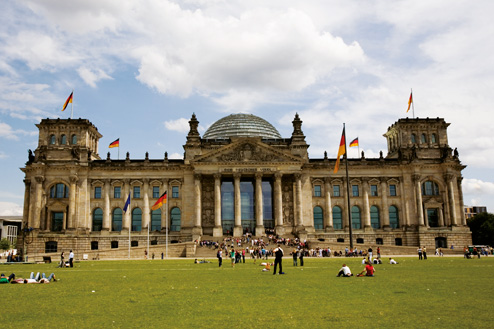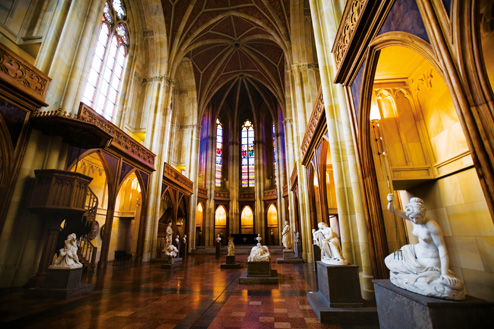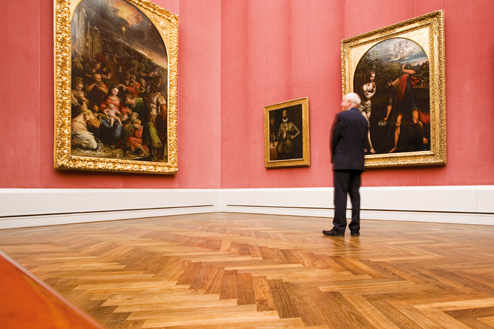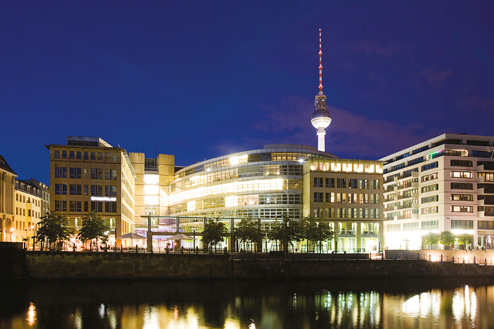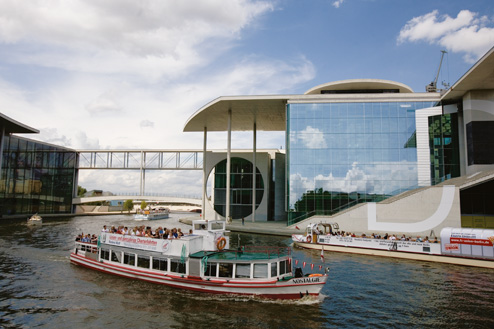Hamburg
Since emerging as a medieval Hanseatic port town, Hamburg has drawn its life from the sea. Today the port and many canals remain dominant features of the city’s landscape. Sea trade also adds to the international atmosphere of the city, one of Germany’s most ethnically diverse. Even Hamburg’s most iconic feature, the red light district along the Reeperbahn, flourished serving the constant flood of sailors from around the world. Must-sees for visitors include the Sunday morning Fischmarkt, where some of Germany’s freshest fish is traded in a market as loud and colourful as Hamburg itself. The profits of sea trade have also netted Hamburg one of Europe’s finest art museums, the immense Kunsthalle (www.hamburger-kunsthalle.de), home to everything from rare 14th century paintings to an excellent modern art collection. The rather salacious Erotic Art Museum (www.erotic-art-museum.de) adds local colour, with an exhibition on the history of the Reeperbahn. Although once a scrappy seaport best known for its prostitutes, Hamburg has in recent decades become downright rich, and the city’s glitzy new shopping areas exude a kind of flashy capitalism largely absent from Berlin. One of the more exclusive areas is the canal-crossed Hansaviertel; crammed with galleries, boutiques and auction houses, it possesses a certain Venetian charm. The St Pauli district, home to the Reeperbahn, is also the centre of much of the city’s non-prostitution nightlife. In the city where the Beatles got their first European break, live music venues abound, along with techno clubs, student dives and an excellent opera. Underneath all the new money, the salty port city remains. Visitors will find excellent seafood, raucous nightlife, and a spirited city quite unlike any other place in Germany. The journey from Berlin to Hamburg is a three-hour drive, but only an hour and 40 minutes by express train.

